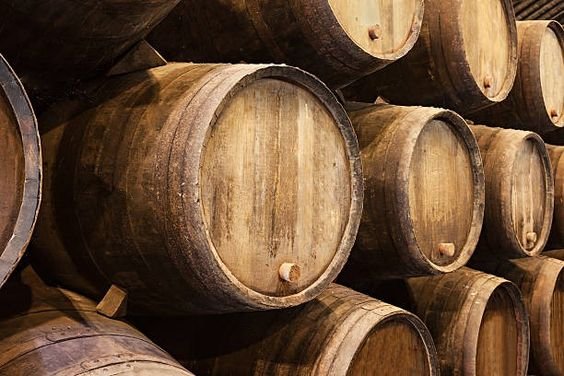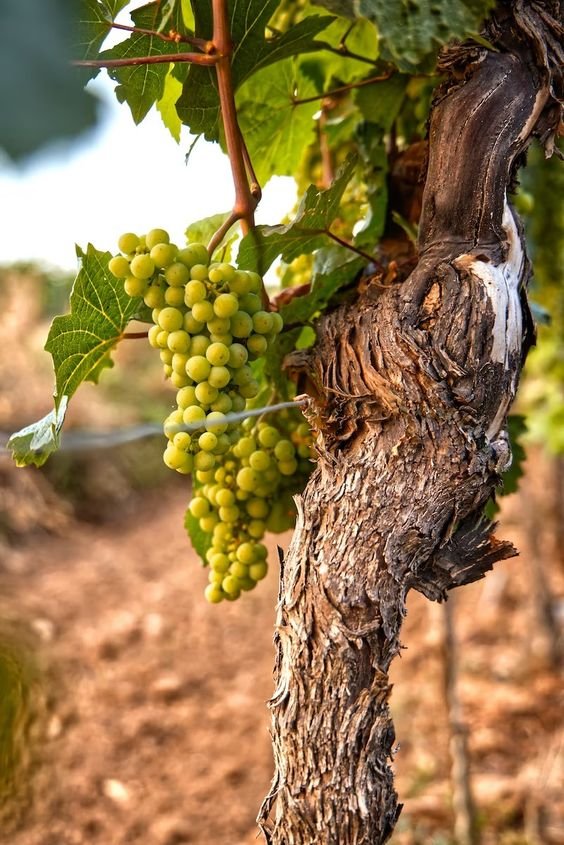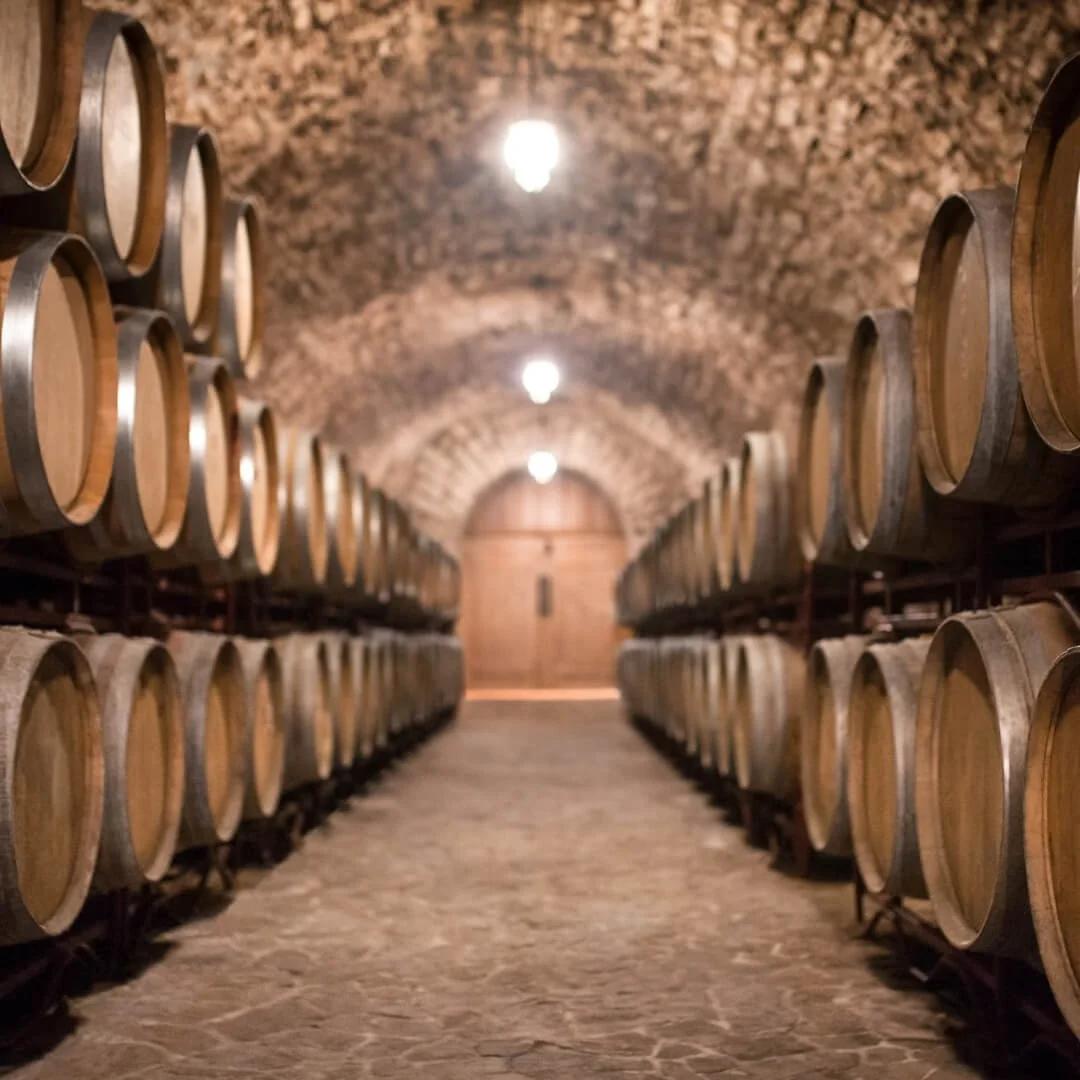
Domaine de Montille
Burgundy, France
Domaine de Montille’s roots in Burgundy date back to the early 18th century, though the estate’s modern-day story begins with Hubert de Montille, who took the reins at the winery back in 1947. Hubert’s vision to bring the family winery to a more serious level was carried on—and monumentally expanded—by his son, Etienne de Montille, who joined the domaine in 1983 and increased the family’s holdings to 35 hectares.
In 1995, Etienne began transitioning all of the family’s vineyards to organic farming—a nearly unheard of feat back in the late 20th century (this was followed by biodynamic explorations a decade later). Although fashionable now, farming in this way was basically unheard of during the mid-1990s, especially in a region as traditional as Burgundy.
In addition to making dramatic changes to the winery’s farming program, he also shifted the house style in the cellar; contrary to the more structured and classic style pursued by his father, Etienne began producing wines in a more refreshing, accessible-in-their-youth way, without ever sacrificing quality or terroir reflection.
Today, Domaine de Montille produces wines across a number of Burgundy’s top appellations, including Corton-Charlemagne, Vosne-Romanée, Clos de Vougeot, and more. (Note: A whopping 20 of the estate’s 35 total hectares are planted in premier and grand cru appellations!) The winery also produces a line of négociant wines, which are bottled under the Maison de Montille label.
Whether estate or négoce, de Montille’s wine making style is one that emphasizes freshness and acidity. The majority of reds use a generous amount of whole clusters, with macerations lasting around two weeks. Use of oak is always restrained, and new wood is always kept to a minimum, save for with the estate’s top cuvées during exceptional vintages.
For whites, grapes are picked earlier than the majority of neighboring estates, as freshness and acidity are the main focus. The wines are aged in a combination of 228 and 600-liter barrels with little to no lees stirring. As with reds, new oak is kept to a minimum (often no more than 20-25%). This ‘new era’ of Domaine de Montille wines is undoubtedly the foundation for the estate’s immense international success, coupled with the winery’s dynamic leading figure, Etienne himself.
Accessible, site focused, and honest, it’s no surprise that these approachable-yet-age worthy wines have become a favorite of Burgundy lovers of all preferences.


